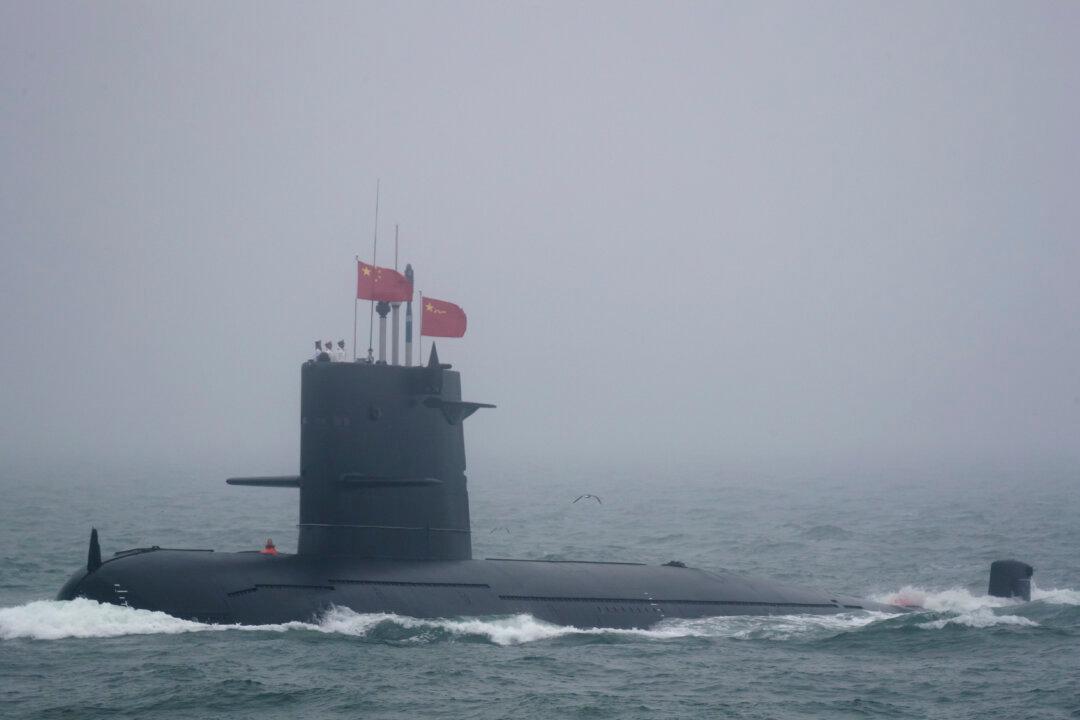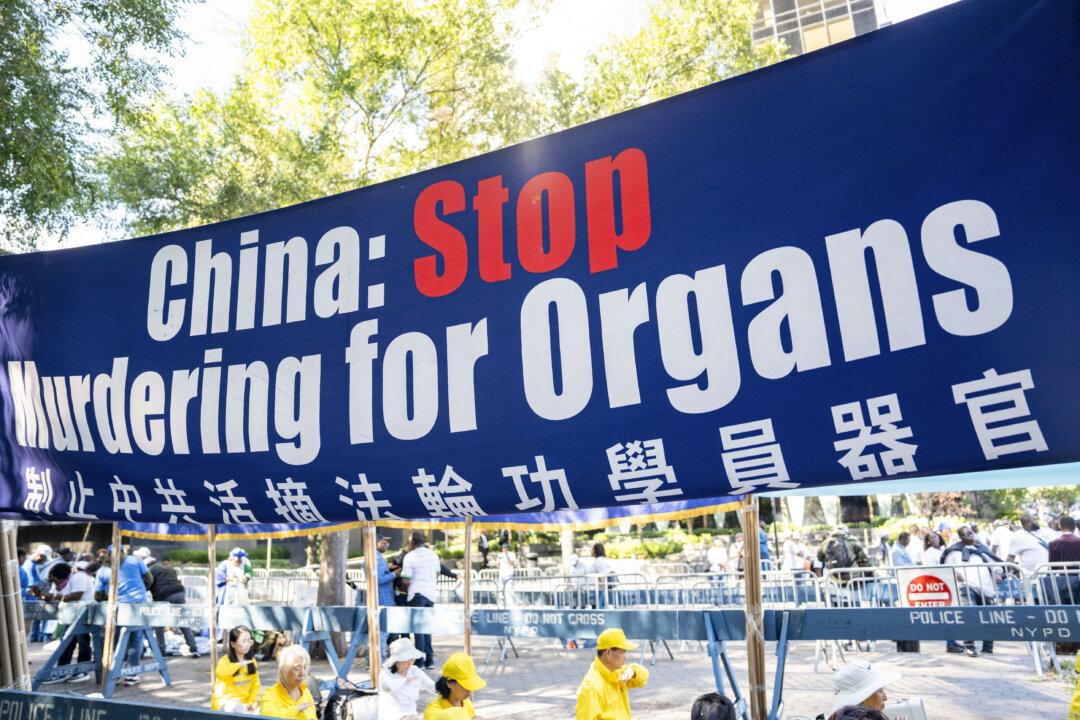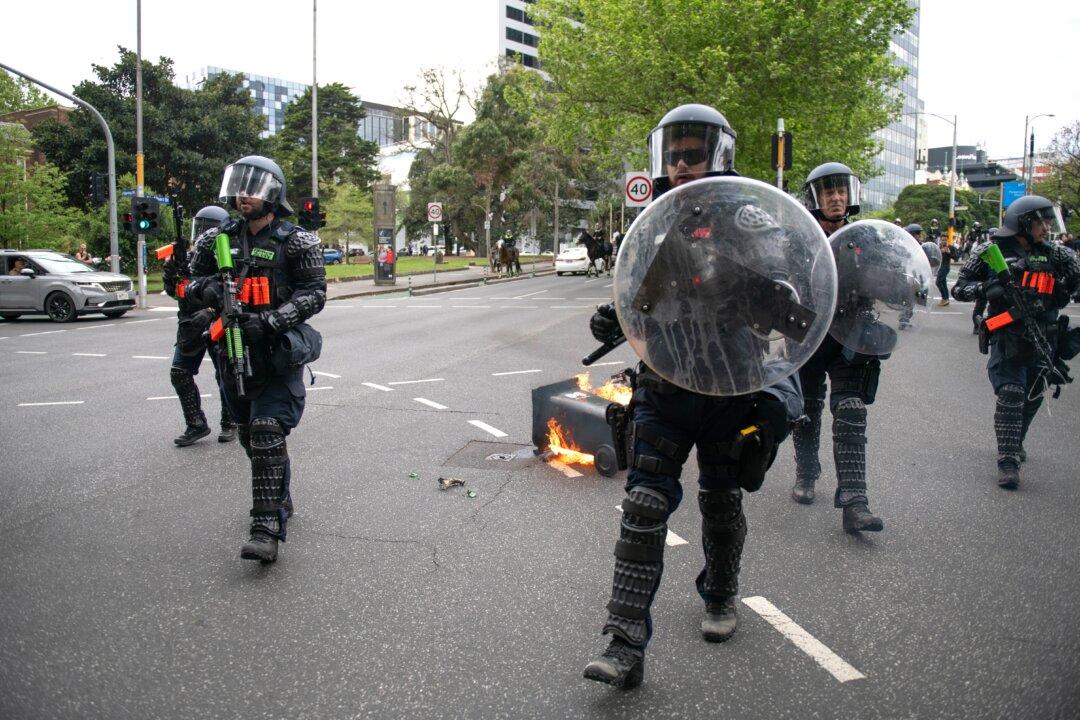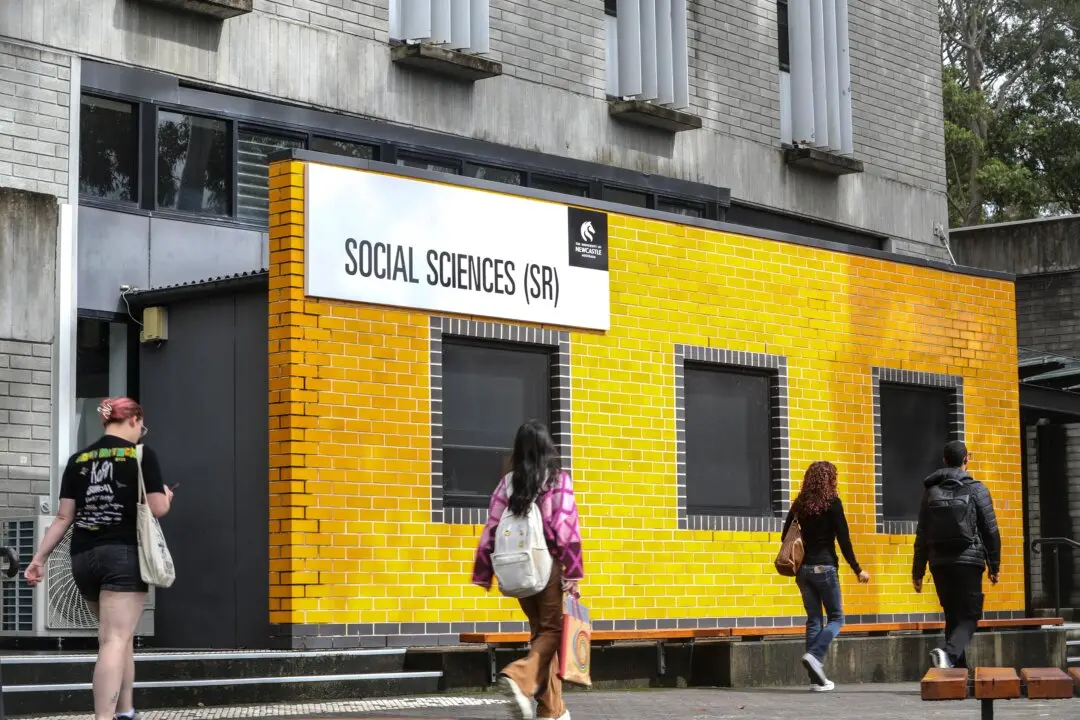The Australian defence minister has said the department of defence will not discuss a recent allegation that the Chinese military shadowed an Australian warship as it sailed through international waters on its way to perform military exercises with the Japanese navy.
This comes after the Australian Broadcasting Corporation (ABC) on July 14, alleged that a defence source told the media outlet that an Australian naval vessel was shadowed by a nuclear-powered submarine, a warship, and several aircraft during this period.




